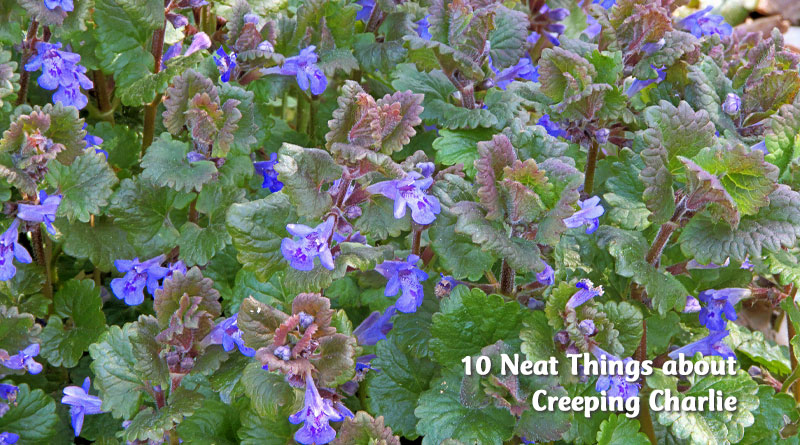About Creeping Charlie
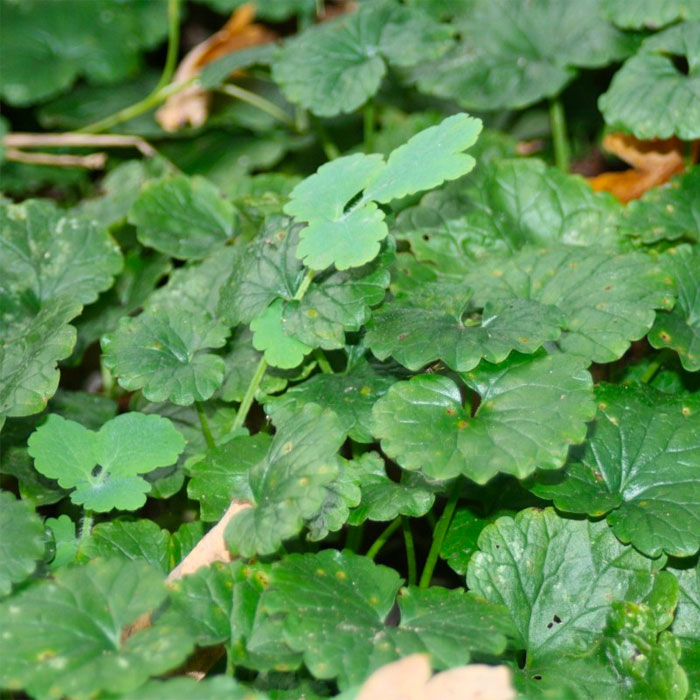
1. Hardy little newcomer.
Creeping Charlie (Glechoma hederacea) came to us from Europe, where, like dandelion, it was found to be a very useful plant. It’s a member of the mint family and has the square stems to prove it. It escaped from gardens and pots and has colonized many lawns. In areas where grass is difficult to grow, creeping Charlie provides a pretty alternative.

2. What’s that f#@!%$* plant good for?
Creeping Charlie is chock full of vitamin C and other helpful ingredients. It’s good for salads where it imparts a tangy taste (remember it is a member of the mint family), but it’s also been used to make tea, added to stews, soups and omelets and, before hops came on the scene, was an ingredient in beer where it imparted flavour and preservative quality.
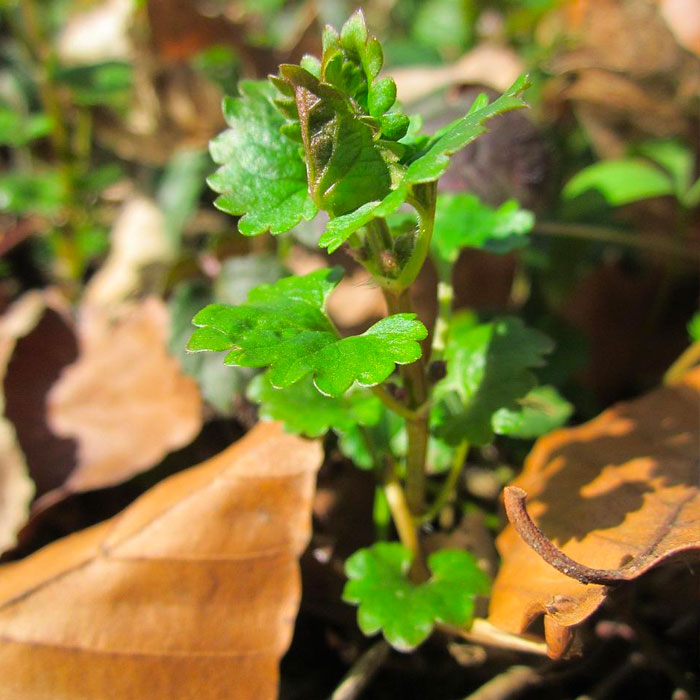
3. Part of the garden pharmacopeia.
Creeping Charlie has been used for millennia for all sorts of things, including to treat eye inflammation, ringing in the ears (tinnitus), and as a diuretic. Essential oils from the plant were used as a general tonic and to treat colds, coughs and to relieve congestion. It was also used against stomach ailments. “Dried leaves may be snuffed up the nose to relieve headache,” says one herbalist. A poultice of the stuff treated bruises and black eyes.

4. A recipe for sciatica.
It was also used to relieve sciatica (“an ache in the huckle bone”, says an ancient herbalist). You take “one half dram of the leaves to 4 ½ ounces of water” and let it soak for 40 to 50 days. It doesn’t say what to do after that…
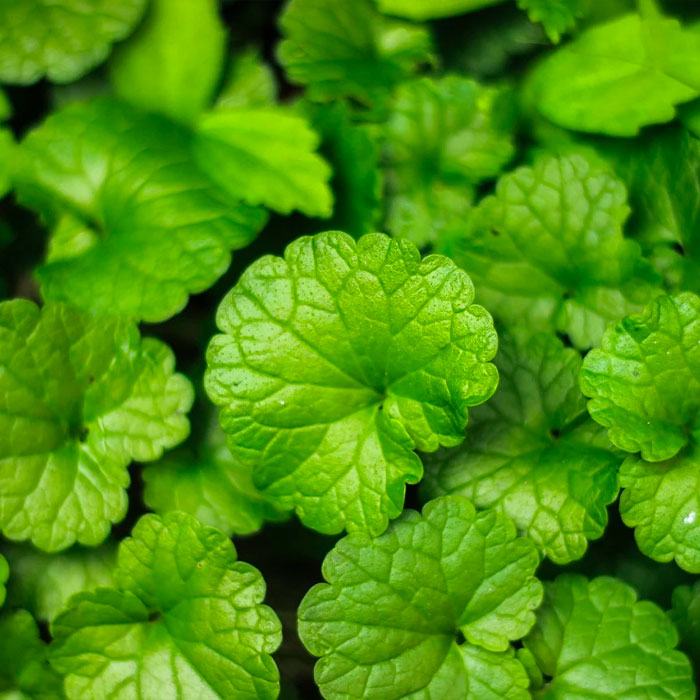
5. It’s a cheesy little sucker!
It has also been used in place of animal fat rennet to make cheese. Rennet is a complex set of enzymes produced in the stomachs of mammals to help coagulate milk, separating it into curds and whey. Some people can’t tolerate the animal rennet.
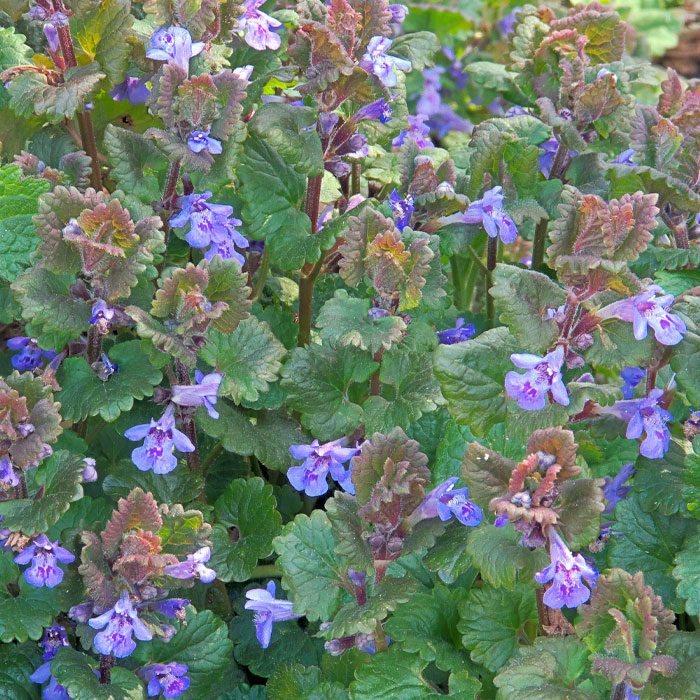
6. A plant by any other name…
Creeping Charlie has many other names. A few of them include ground ivy, creeping jenny, gill-over-the-ground, alehoof, tunfoot, cat’s foot field balm, runaway robin…
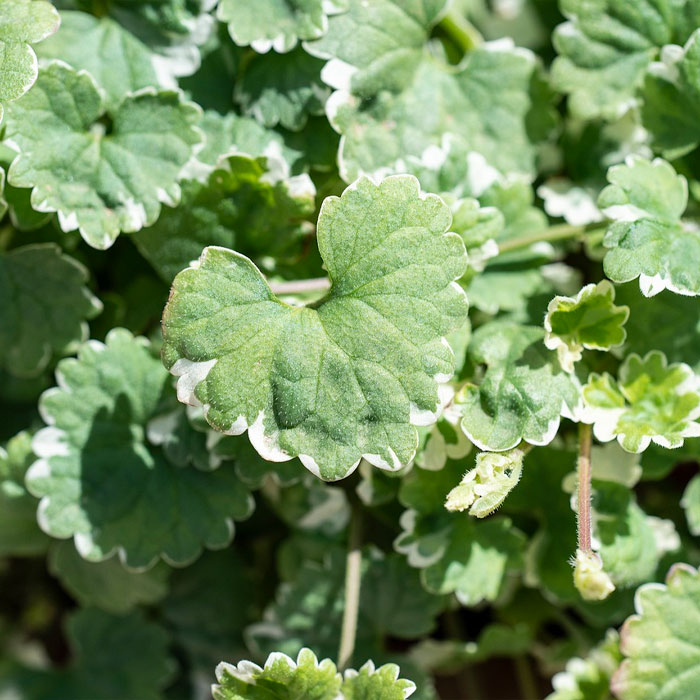
7. How do I know you?
Creeping Charlie has rounded, one-inch to one-and-a-quarter-inch leaves with scalloped edges. It grows close to the ground and sends out stolons that occur on both stems and roots. (Stolons are shoots from the mother plant that forms roots at its nodes, allowing the plant to spread quickly.) The leaves may also be variegated. In springtime it sends up pretty, two-lipped bluish-purple flowers that produce lots of seeds if you let them.
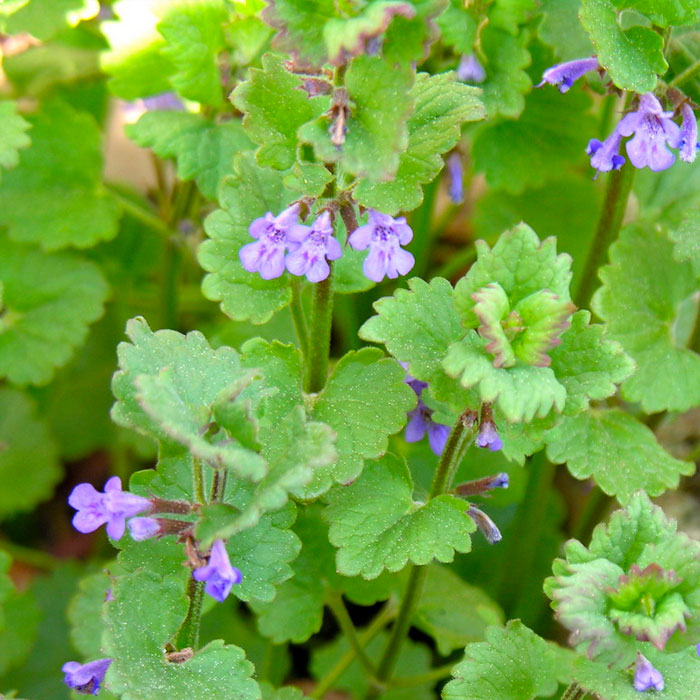
8. How to make C. Charlie happy!
Give him a shady spot with rich soil and lots of moisture. But he doesn’t object to a fair amount of sunshine either, all things being equal. He thrives in low boron content soil.
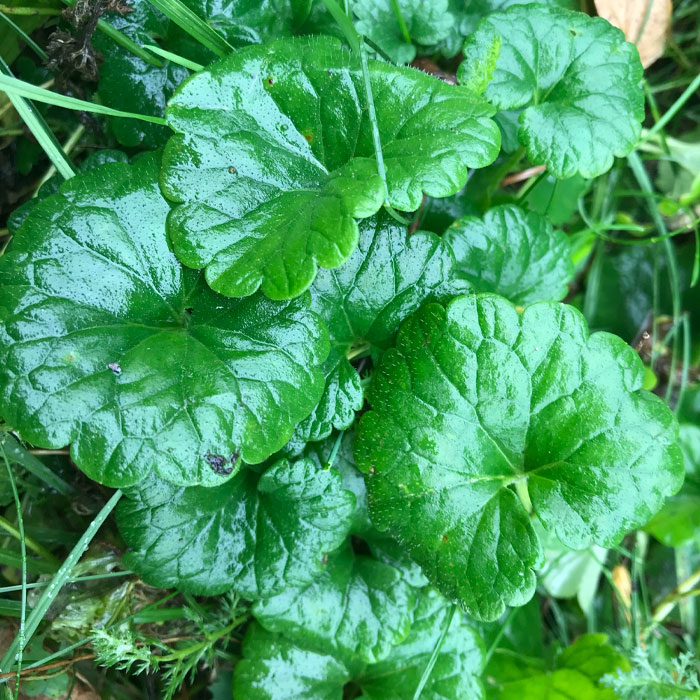
9. How to bring Charlie’s life to an unhappy end.
Creeping Charlie is very sensitive to boron, so one remedy is to increase the boron content in your soil. But this takes very specific instruction because too much boron can kill everything around it. The commercially available product, Borax, is basically boron. Dissolve 8 to 10 ounces of Borax in 4 ounces water. Then dilute this substance with 2.65 gallons of water. Spray this evenly on 1,000 square feet of infested lawn. Be precise about your measurements. Boron is toxic to other plants at higher concentrations. Borax does not break down, as it is an element, although time and rainwater may cause it to leach away.
10. More killing advice.
A) Pull the plant early in spring when the ground is still wet and friable. The roots will come out easily. Deeply embedded stoloniferous roots may still pose a problem though and you may have to dig deeper.
B) Deprive the plant of light by laying wet newspaper over it for a month or so. You will also kill your grass, but you can always reseed.
C) Chop it out and rake up all the bits to ensure that it doesn’t start a new plant from the leftovers.
-Dorothy Dobbie Copyright©
Pegasus Publications Inc

